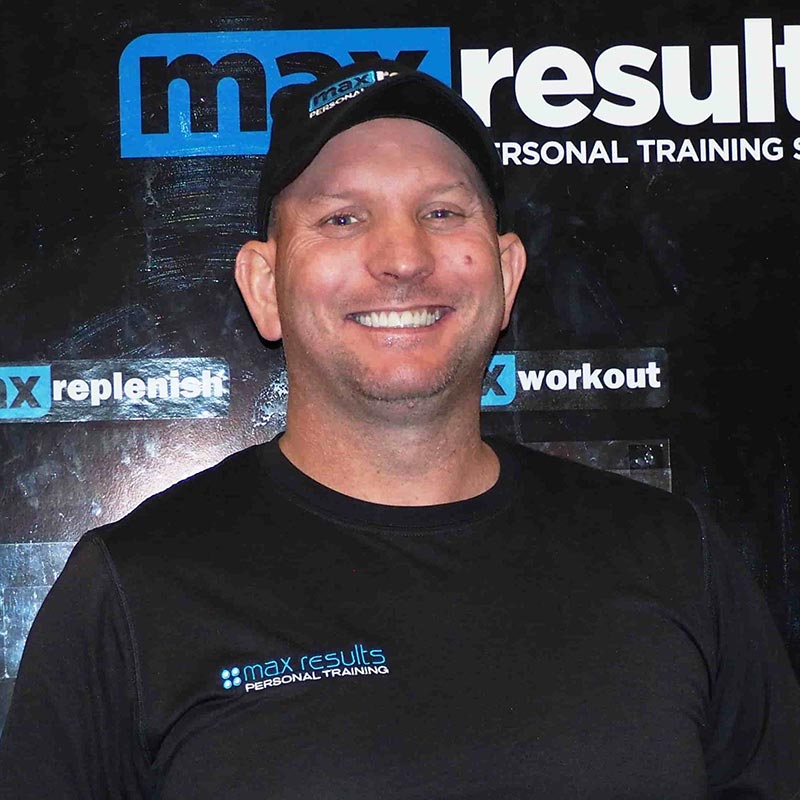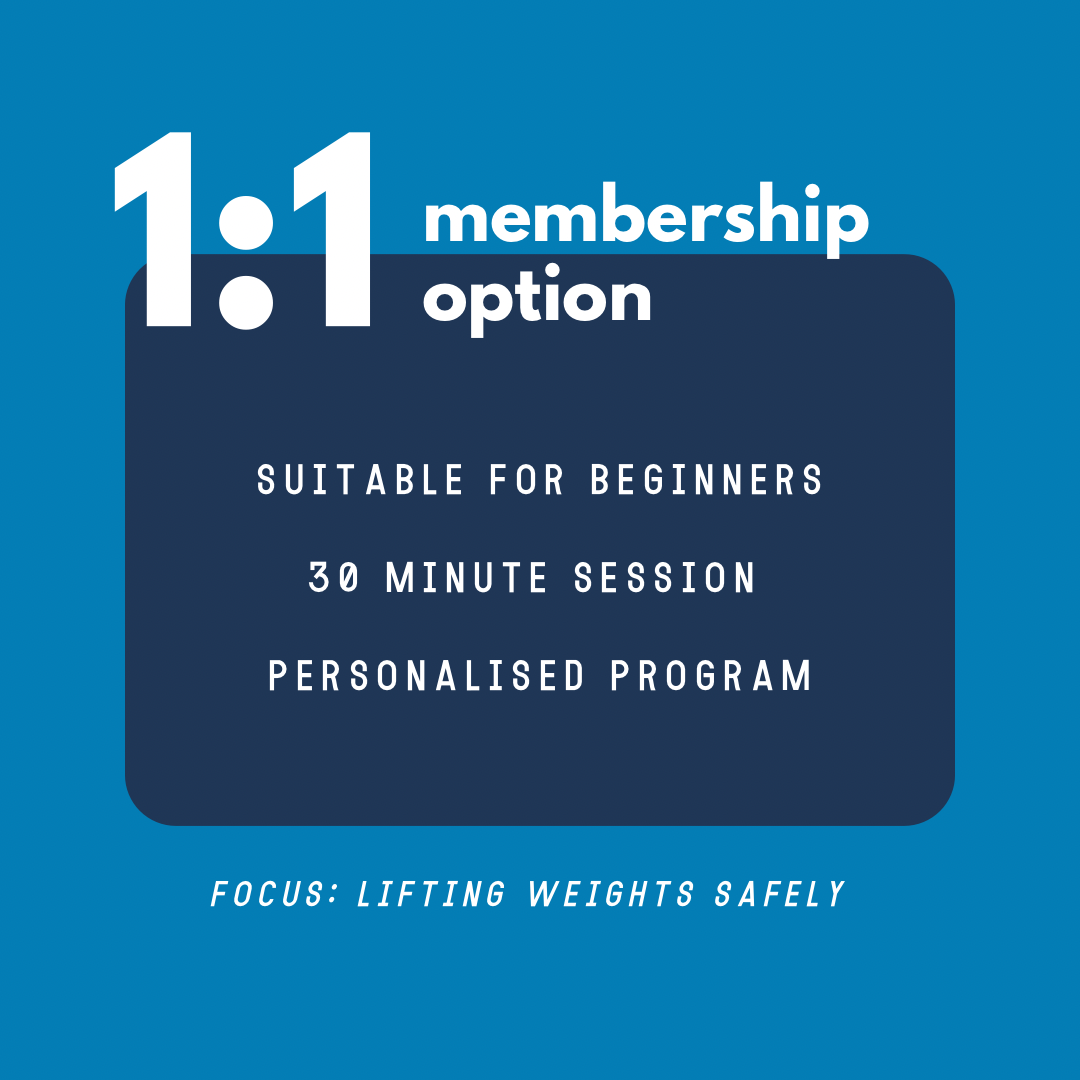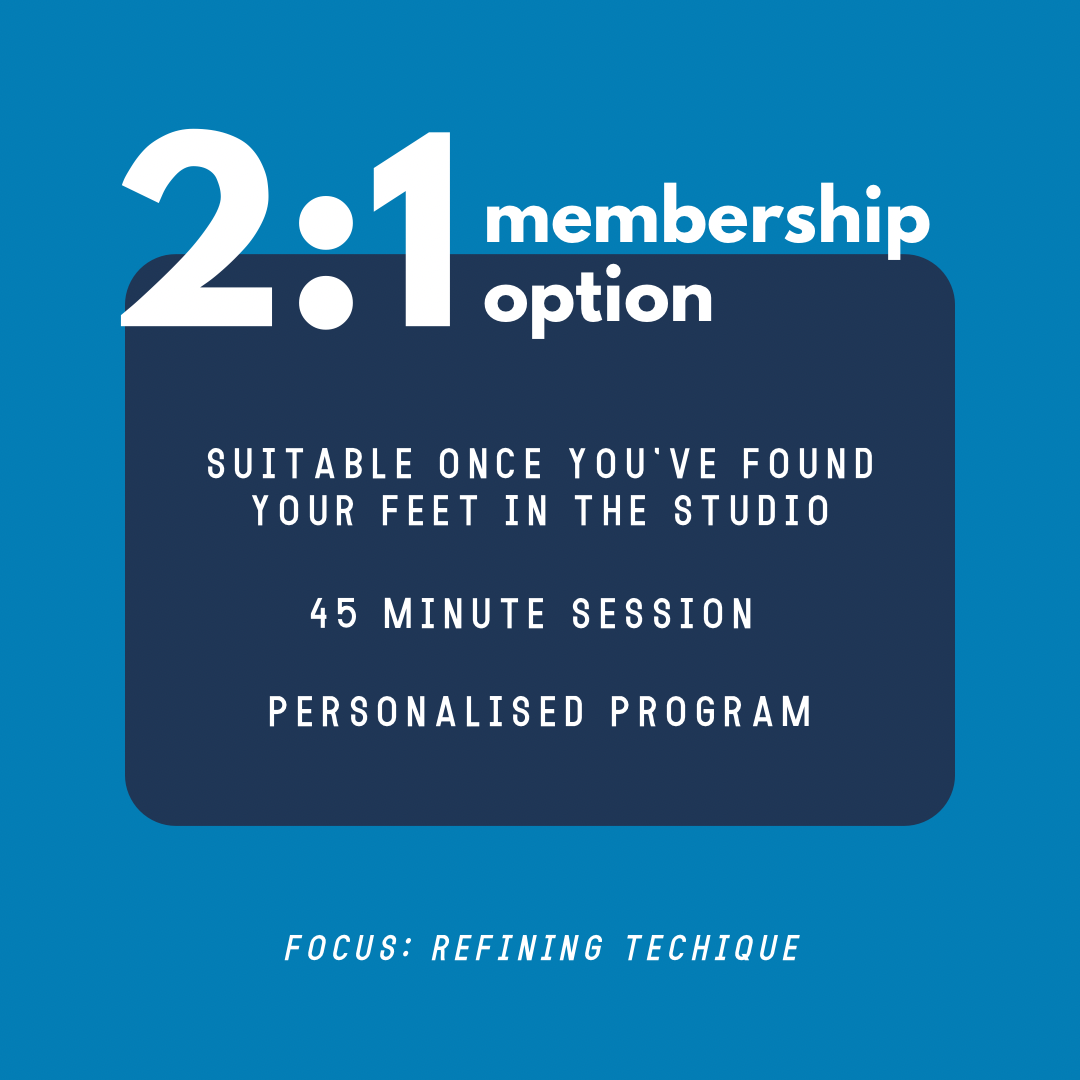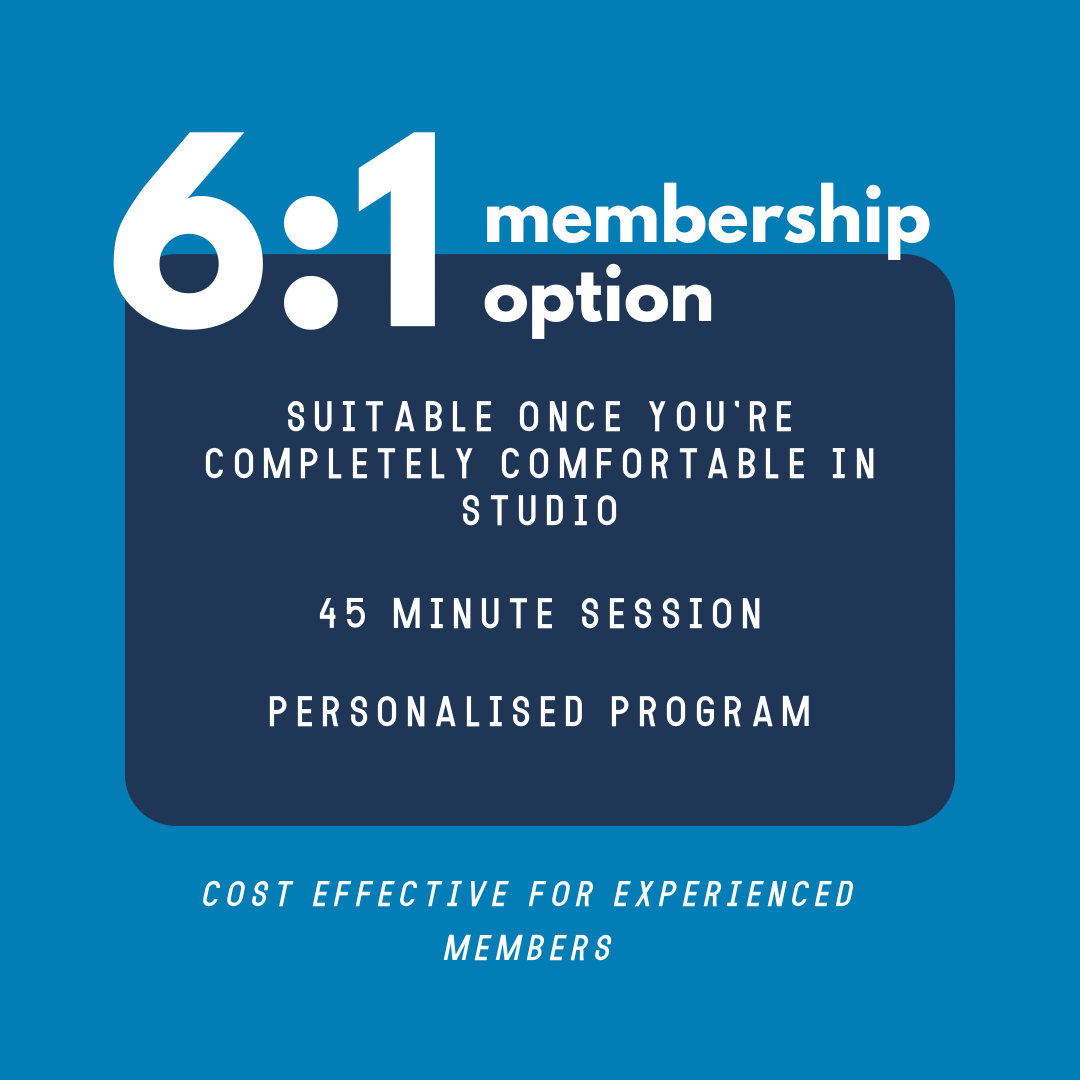The gluteal muscles or the glutes as they are more commonly referred to, are made up of three muscles; the gluteus maximus, gluteus medius, and gluteus minimis. It is important to train these muscles due to their many functions in everyday living, relevance in athletic performance, and to protect against injuries and niggles such as hamstring strains, lower back pain, knee pain, and anterior hip pain that may arise as a result from weak or inactive glutes.
The gluteus maximus lays most superficial in the posterior region of the hip and is the biggest and most powerful extensor of the hip in this area. It is also responsible for outward rotation and stabilisation of the hip. Given these functions, some of the best (but not limited to) exercises to strengthen and build gluteus maximus include back squats, hip thrusts, step ups, forward lunges, and deadlifts. Traditionally, back squats have been regarded as one of the best glute max exercises but in a study by Contreras et al (2015) it was found that barbell hip thrusts produced higher activation levels in the upper and lower gluteus maximus muscle than a barbell back squat, highlighting the potential benefits of including this exercise in your training program.
The gluteus medius and minimus muscles are the smaller of the glute muscles. Gluteus medius sits in the middle of the three glutes underneath gluteus maximus and gluteus minimus is the deepest and smallest of the three, sitting underneath gluteus medius. These muscles produce the most powerful abduction and inward rotation of any muscles in the hip joint and again provide stabilisation of the hip. Some of the best exercises for activating and strengthening these muscles include side lying hip abduction, clams, crab walks (or lateral band walks), and single leg squats. For individuals coming back from lower body or back injuries who may not be able to weight bear yet, the side lying hip abduction exercise has been shown to have the greatest activation in glute med compared to other glute-dominant exercises (Distefano et al., 2009)
As mentioned previously, the glutes play an important part in contributing to athletic performance since they are heavily recruited in movements such as jumping and high-speed running. It has been shown that they play an even more important role in strength and power athletes. Niinimäki et al (2016) compared female athletes of different sports and found that upper glute size was greatest in high impact, odd impact, and high force groups such volleyballers and high jumpers, soccer and squash players, and powerlifters compared to endurance, low-impact sports and a physically-active control group. This highlights the importance of these types of athletes training the glutes to increase hypertrophy and strength.
I hope this little summary has given you some insight into the role and function the glutes play and some good ideas on how to train them.
Above is a video on how to correctly execute the barbell hip thrust. Key cues include:
- Bracing the ribs and abs together prior to the lift
- Driving heels into the ground
- Keep the chin tucked in
- Squeeze the glutes (don’t hyperextend the lower back)
References
- Contreras, B., Vigotsky, A., Schoenfeld, B., Beardsley, C. and Cronin, J. (2015). A comparison of gluteus maximus, biceps femoris, and vastus lateralis electromyographic activity in the back squat and barbell hip thrust exercises. Journal of Applied Biomechanics, 31(6), pp.452-458.
- Distefano, L., Blackburn, J., Marshall, S. and Padua, D. (2009). Gluteal muscle activation during common therapeutic exercises. Journal of Orthopaedic & Sports Physical Therapy, 39(7), pp.532-540.
- Niinimäki, S., Härkönen, L., Nikander, R., Abe, S., Knüsel, C. and Sievänen, H. (2016). The cross-sectional area of the gluteus maximus muscle varies according to habitual exercise loading: Implications for activity-related and evolutionary studies. HOMO – Journal of Comparative Human Biology, 67(2), pp.125-137.




